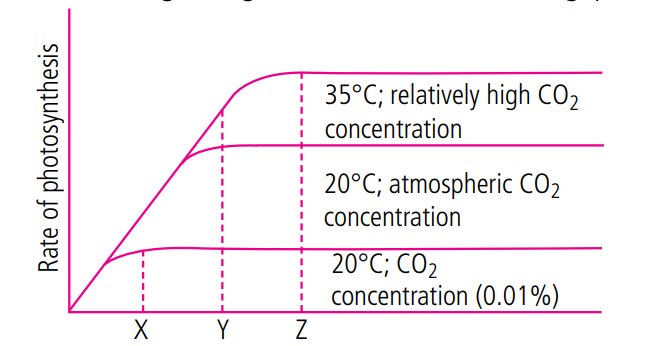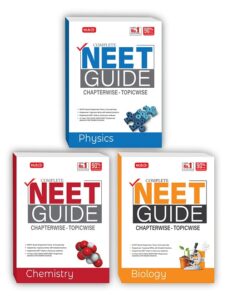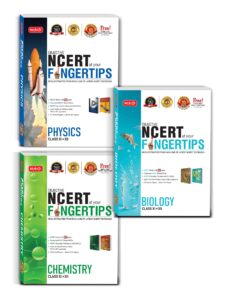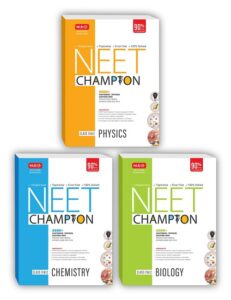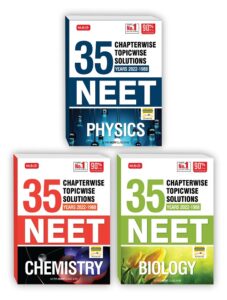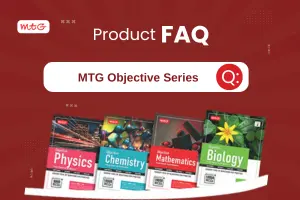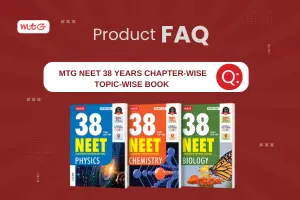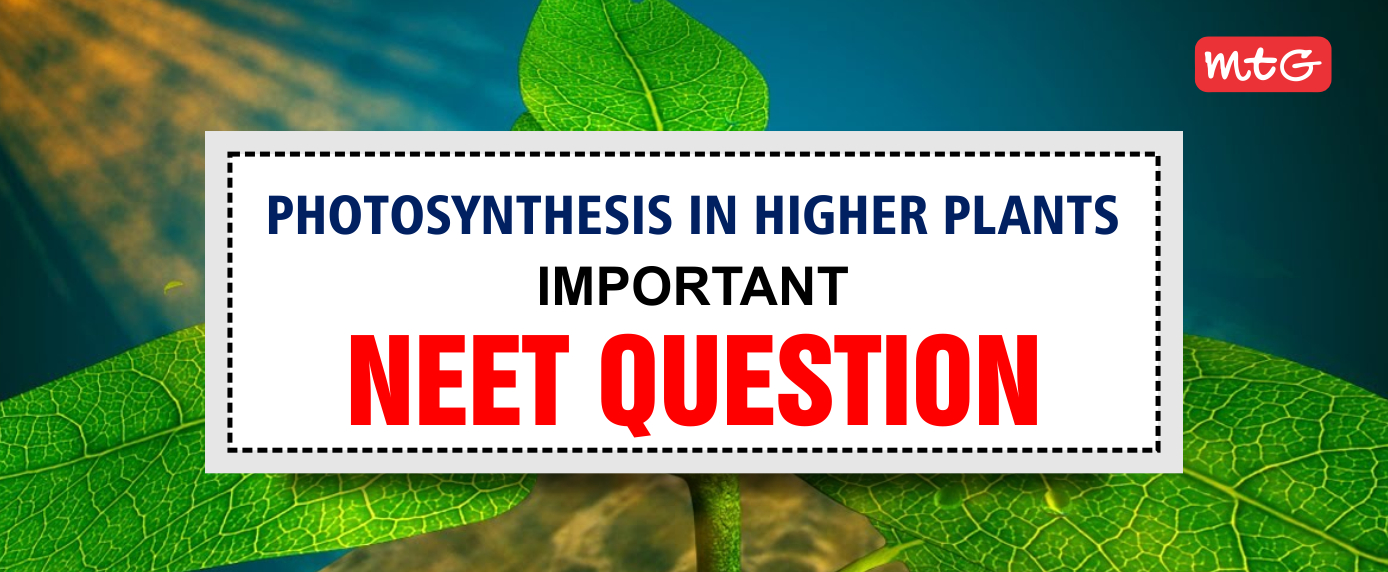
Many important questions are formed in competitive exams like NEET and boards from Class 11 Biology Chapter 13. Photosynthesis in Higher Plants is the thirteenth chapter in the Class 11 NEET syllabus for Biology. Below, we have provided Important Questions from Class 11 Biology Chapter 13 Photosynthesis in Higher Plants for your NEET 2023 preparation. You can check it here for revision purposes.
Latest: Mineral Nutrition NEET Questions and Answers
Photosynthesis in Higher Plants Class 11 NEET Questions and Answers
We’ve compiled a list of essential questions about Photosynthesis in Higher Plants biology class 11 chapter 13 that you should not miss while studying for your NEET Exams.
Photosynthesis in Higher Plants MCQ for NEET
Photosynthetically active radiation (PAR) has a wavelength between
Read the following statements and select the incorrect one
The correct order of extruded electron passing through a series of electron carriers in no-cyclic photophosphorylation is
The bundle sheath cells are rich in enzyme
In an experiment demonstrating the evolution of oxygen in Hydrilla, sodium bicarbonate is added to water in the experimental set-up. What would happen if all other conditions are favourable?
Slow rate of food translocation in a plant will not
If a plant is kept in 300 ppm CO2 concentration then,
The normal process of photophosphorylation in which the electron expelled by the excited photocentre does not return to it, is known as
Photosynthesis in Higher Plants Match the Following Questions for NEET
Match column I with column II.
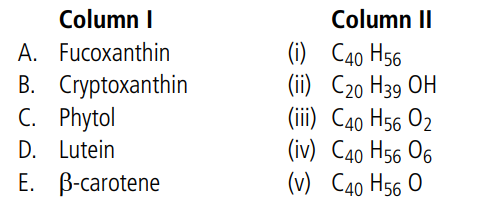
A. A-(iv); B-(v); C-(ii); D-(iii); E-(i)
Photosynthesis in Higher Plants Assertion and Reason Questions for NEET
In each of the following questions, a statement of Assertion (A) is given and a corresponding statement of Reason (R) is given just below it. Of the statements, pick the correct answer as :
Assertion : Oxygenation of RuBP occurs during photorespiration and CO2 is released by photosynthetic organs. Reason : Active site of RuBisCo for carboxylation and oxygenation is same
Assertion : In PS II, chlorophyll to carotenoid ratio is high. Reason : In PS II, chlorophyll a and chlorophyll b are approximately equal.
Assertion : The range of photosynthetically active radiation (PAR) lies between 400-700 nm. Reason : Maximum photosynthesis occurs in blue-violet and red parts of the PAR
Assertion : Photorespiration is a highly wasteful process. Reason : Reducing power is utilised in photorespiration.
Assertion : Plants with kranz anatomy are more efficient in photosynthesis. Reason : Vascular bundles are surrounded by large sized bundle sheath cells in kranz anatomy
Assertion : Cyclic flow results only in synthesis of ATP. Reason : Stroma lamellae lack both PS II and NADP reductase enzyme
Assertion : Phycobilins are found in phycobilisomes attached to the thylakoids. Reason : Phycobilisomes are found in blue-green, red and green algae.
Assertion : Chlorophyll a is called universal photosynthetic pigment. Reason : Chlorophyll a absorbs more red wavelength than violet-blue wavelength of light.
Photosynthesis in Higher Plants Figure-Based Questions for NEET
Consider the given figure and answer the following questions
(a) What do X, Y and Z represent on the three curves in the above-given figure?
A. The given graph represents Blackman’s law of limiting factors. X, Y, Z represent different light intensities in foot candles.
(b) Sometimes deviations are observed in Blackman’s law and transitional curves are obtained. What could be the probable reason for this?
A. Transitional curves are produced when either of the two factors change the rate of the process. This occurs because the cells possess large and numerous chloroplasts in them, of which some receive more light while others get excess of CO2. Thus, rate of the process is affected.
(c) Mention the condition where light intensity and temperature act as limiting factors in photosynthesis.
A. Light intensity acts as a limiting factor in a shaded community of plant in, dawn and twilight in a warm climate, while temperature acts as a limiting factor on a bright winter day.
Preparing for NEET? Don’t forget to check Chapterwise Important Questions–
- The Living World NEET Questions and Answers
- Biological Classification NEET Questions and Answers
- Plant Kingdom NEET Questions and Answers
- Animal Kingdom NEET Questions and Answers
- Electrostatics NEET Questions and Answers
- Morphology of Flowering Plants NEET Questions and Answers
- Anatomy of Flowering Plants NEET Questions and Answers
- Structural Organisation in Animals NEET Questions and Answers
- Cell the Unit of Life NEET Questions and Answers
- Biomolecules NEET Questions and Answers
- Cell Cycle and Cell Division NEET Questions and Answers
- Transport in Plants NEET Questions and Answers
Best & Most Recommended Books for NEET UG 2023 Exam
|
NEET Champion
|
35 Years NEET Chapter-wise Solutions
|

